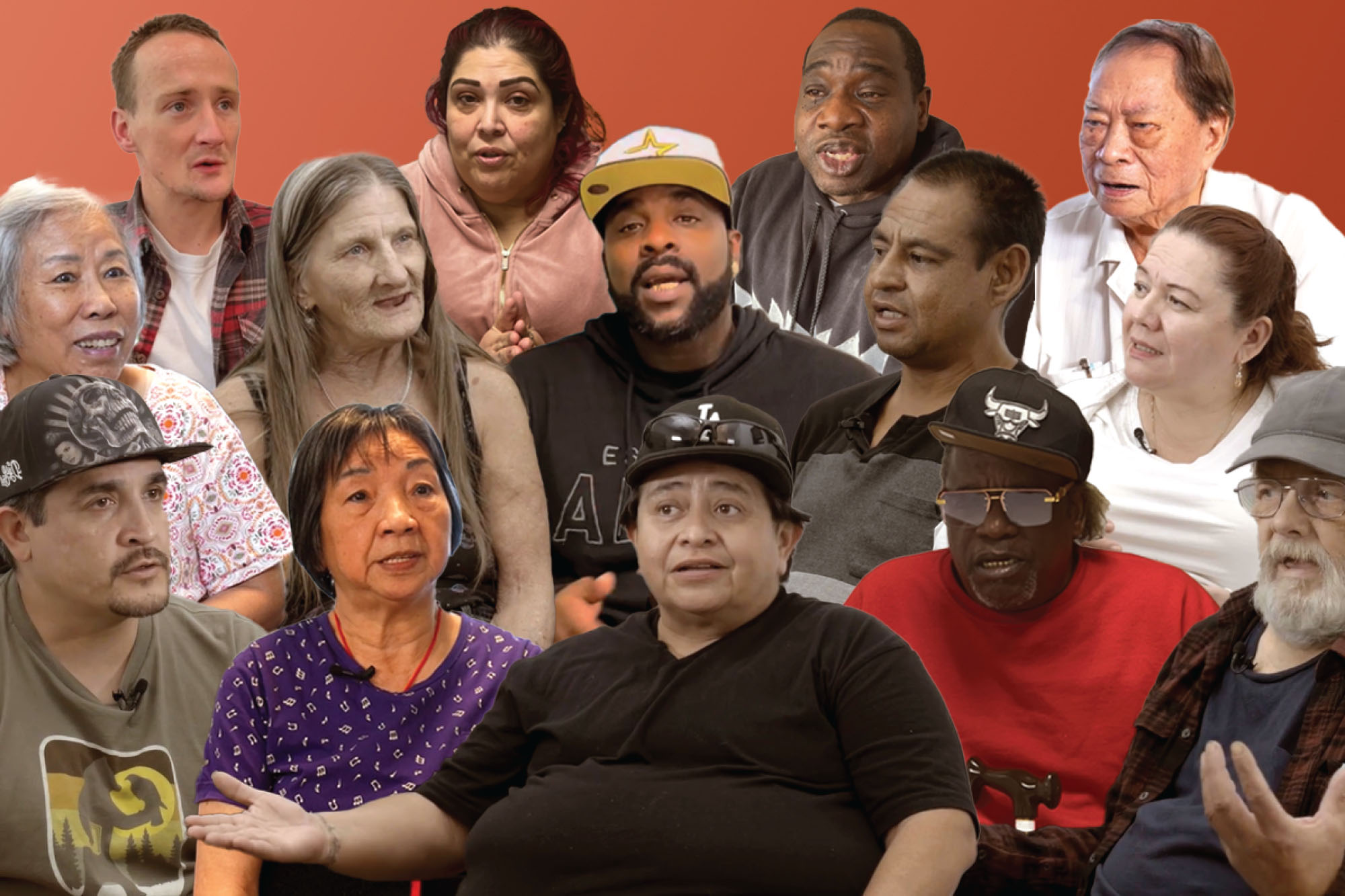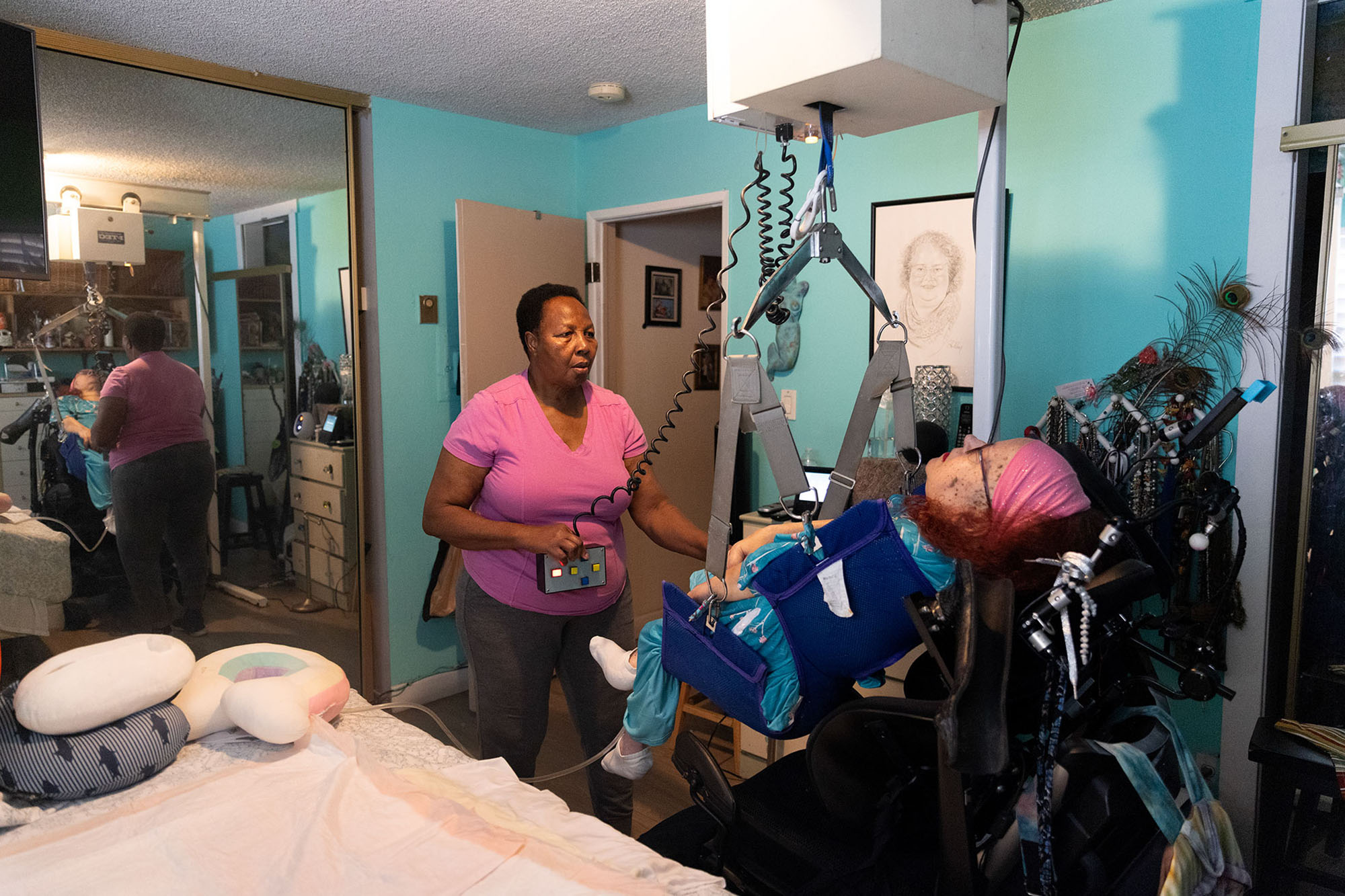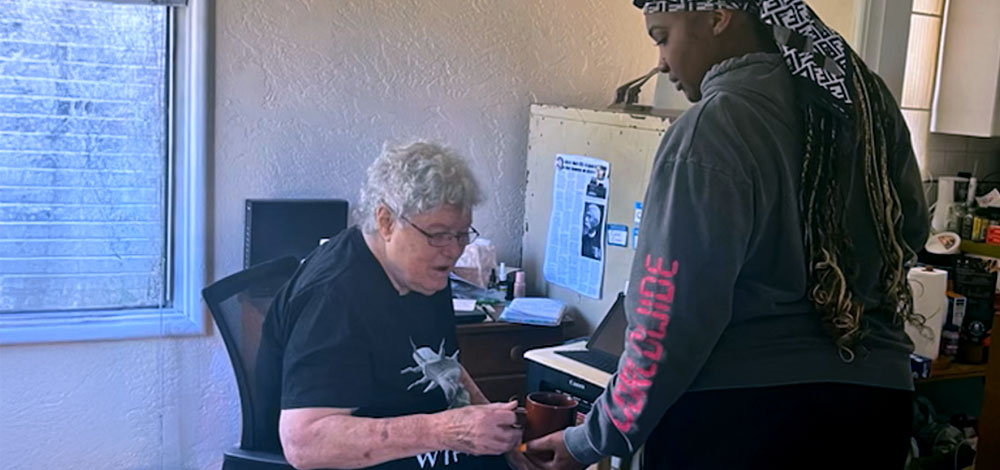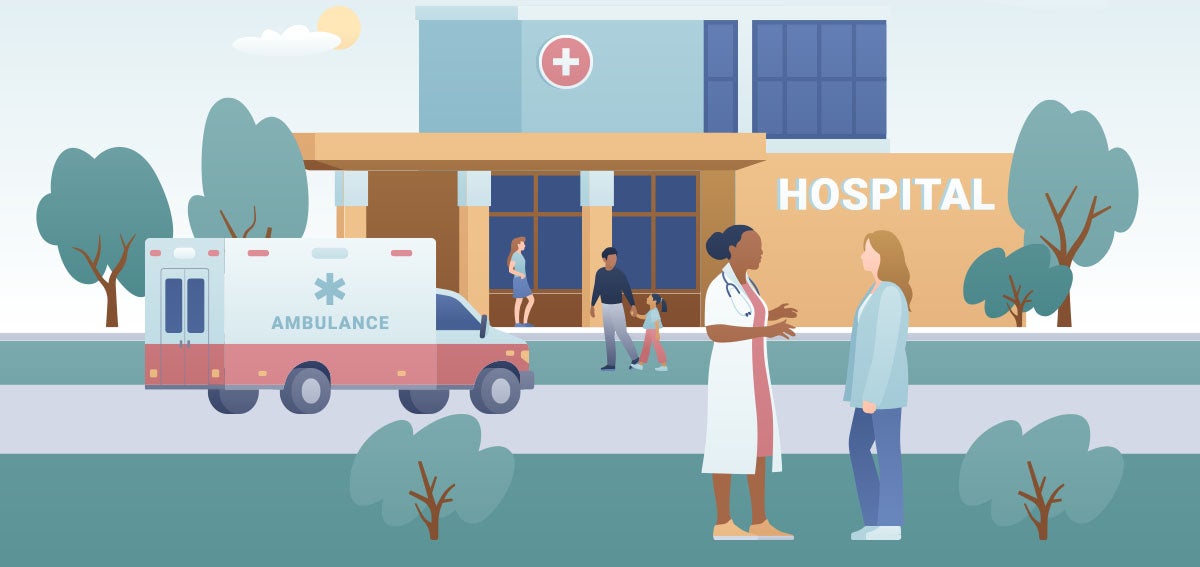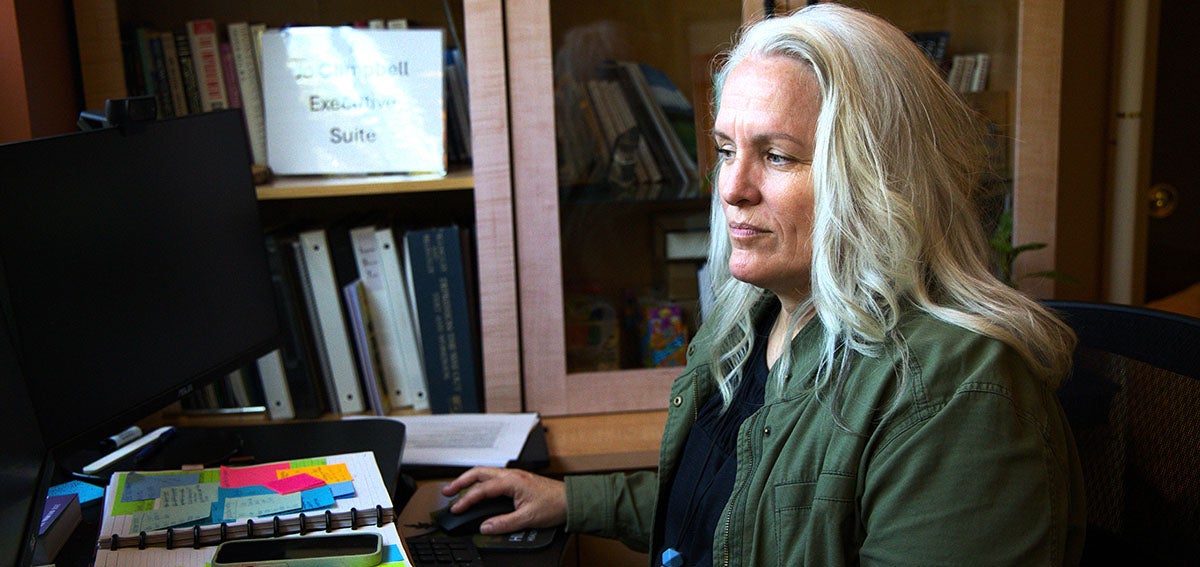View the Report
Jump to All Downloads & LinksCalAIM, the multiyear effort to reform the state’s Medi-Cal system, is now in its second year. To gain a clearer picture of how implementation is occurring on the ground, CHCF commissioned an online survey, which was conducted July 21 to September 12, 2023, among 1,196 people working at managed care plans, behavioral health organizations, community-based organizations, social services organizations, and other types of people referred to collectively as “implementers” throughout this report.
Encouragingly, implementers share many successes in improved access and more comprehensive care for people with complex needs. At the same time, implementers also surface significant challenges and important improvements that must be made to increase CalAIM’s effectiveness in the coming years.
CalAIM is still in the midst of implementation, so while reading the report, keep the survey timeline in mind. Changes that went into effect in the summer of 2023 would not yet have been felt by many survey respondents.
Key findings of this report include:
- A majority (52%) say that “overall access to services, including those that address health-related needs (e.g., housing navigation)” has gotten somewhat or much better as a result of CalAIM’s implementation.
- When asked about how CalAIM has impacted their organization, a slight majority of implementers (51%) say that their ability to manage the comprehensive needs of people they serve has gotten better as a result of CalAIM, while 40% say that it has stayed about the same or that they are unsure.
- There is quite a bit of variation by sector when it comes to outlook on CalAIM — managed care plans (MCPs) tend to be much more positive about CalAIM implementation so far, while behavioral health providers are more likely than those in other sectors to say that things have not yet changed for the better.
- The most significant challenge reported is that payment rates are not covering the full cost of service (32% say “very challenging,” and 56% say “very or somewhat challenging”).
- Social service organizations face a unique set of barriers, as they report having far less experience with contracting, data exchange, and closed-loop referrals than respondents who work in clinical settings or MCPs.
- Many respondents, especially those with more Medi-Cal patients, report that they are often still exchanging data outside of portals or EHRs.
Since the publication of the statewide survey, CHCF released five regional reports from the original data to gain a sharper picture of how implementation is playing out regionally. These reports explore the unique challenges and successes faced by implementers in specific parts of the state.
Learn more about these five regions in the following “CalAIM Experiences” reports:
- Bay Area Implementers
- Central Coast Implementers
- Central Valley Implementers
- Northern California Implementers
- Southern California Implementers

